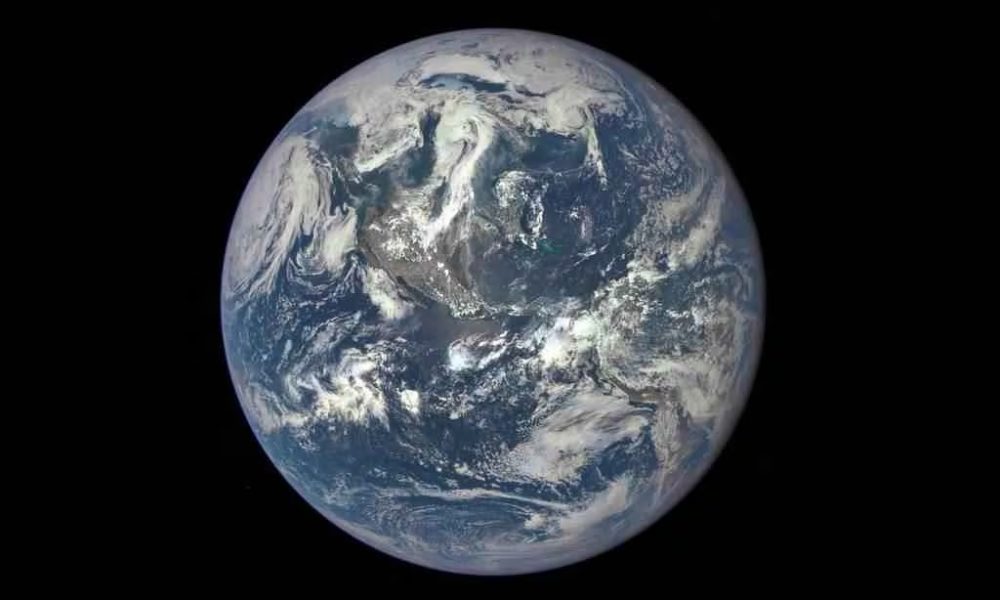


In a significant move towards planetary defense, Japan's national space agency, JAXA, has established a specialized team dedicated to detecting and mitigating asteroid threats to Earth. Formed in April 2024, this team comprises 20 specialists and aims to enhance early detection capabilities for smaller asteroids that could pose risks to our planet [0eeb3db6].
The urgency of such initiatives is underscored by historical incidents like the 2013 Chelyabinsk event, which injured approximately 1,500 people, and the Tunguska explosion in 1908 that devastated around 2,000 square kilometers of Siberian forest. Currently, about 35,000 asteroids on collision trajectories have been identified, emphasizing the need for proactive measures [0eeb3db6].
As part of its efforts, JAXA is collaborating with European space agencies, with a spacecraft equipped with JAXA's devices set to launch in October 2024. This mission will further bolster global capabilities in monitoring and responding to potential asteroid threats [0eeb3db6].
Meanwhile, NASA continues to track various near-Earth objects, including the building-sized asteroid 2024 MT1, which is expected to make a close approach on July 8, 2024, coming within 1,510,000 kilometers of Earth. This asteroid, approximately 250 feet wide, is moving at a speed of 65,199 kilometers per hour but poses no threat to our planet [36d33581].
Additionally, NASA's recent assessments have highlighted significant gaps in global preparedness for asteroid impacts, stressing the importance of refining disaster management plans and improving readiness for space missions. The fifth biennial Planetary Defense Interagency Tabletop Exercise showcased the need for enhanced coordination among space agencies [4329507c].
The DART mission, which successfully impacted the asteroid Dimorphos in 2022, demonstrated the potential for redirecting asteroids, while the Hera mission is scheduled to launch in October 2024 and will impact Dimorphos in December 2026 [0eeb3db6].
As the global community ramps up efforts to safeguard Earth from asteroid threats, JAXA's new initiative represents a crucial step in enhancing our collective planetary defense strategies, ensuring that we are better prepared for any potential asteroid encounters in the future [0eeb3db6].